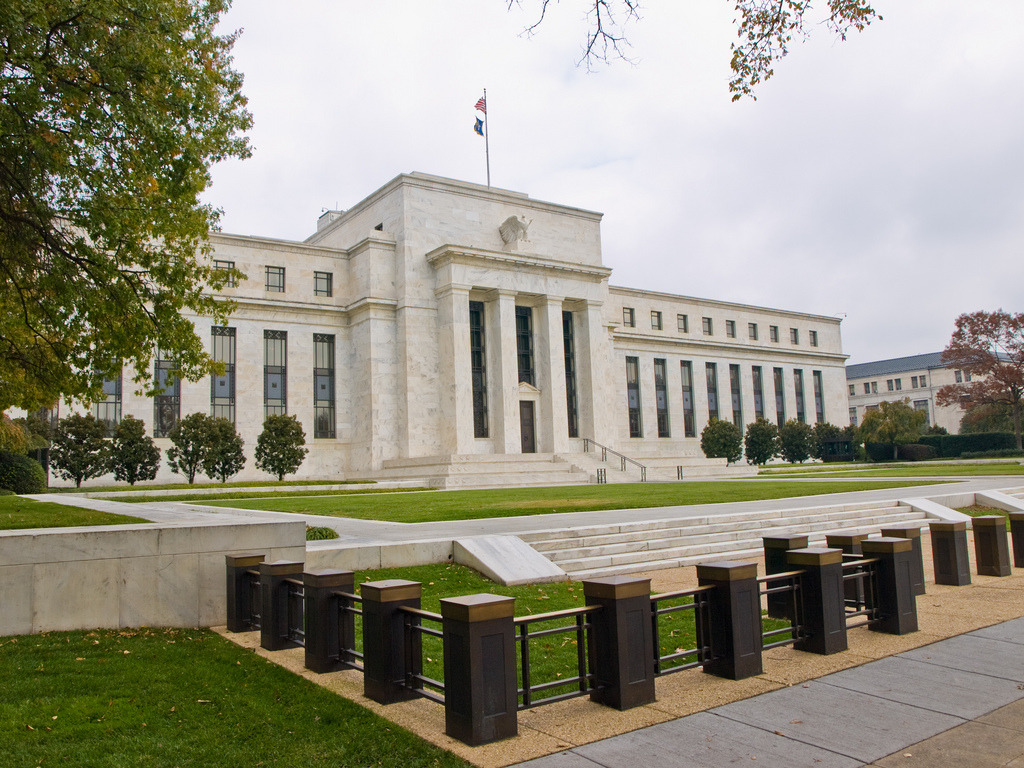Eight years after the Federal Reserve (Fed) last hiked its target short-term rate, and over six years since it last touched it, the time has come for a new hike. Monetary policy shifts have always been impactful to the markets, and given the length and extent of global central banks’ interventions since the 2008 financial crisis, the impending rate hike will follow suit.
While rate hikes have often been a response to an overheating economy, this time around is decidedly different. The Fed is simply exiting emergency measures placed in 2008, in a move toward “normal” in a global economy that is inherently different than it was nearly half a generation ago. The Fed has also pledged rates increases will be measured and gradual, which should not derail the U.S. expansion in the long run.
But the changes to the investment backdrop don’t stop there. Looking beneath the surface reveals structural factors that are reshaping the economic, inflation and investment landscape. Understanding these influences is equally, if not more, important for investors developing long term strategies for the post-rate hike economy.
First among these structural factors? Technology and innovation. Essentially reducing total labor costs while simultaneously enhancing efficiencies, technological innovation has the potential to enable asset-lite business models and even act as a deflationary force. The effect is not always easy to measure, but various sectors are showing notable signs (for example the energy industry). Output is able to increase with limited incremental investment, resulting in what is called productive disinflation. So, while wage increases may be dulling despite the labor market tightness, net disposable income can increase because of the lack of inflation.
A second, equally important factor affecting the market outlook is world demographics. Considering that aging populations generally draw more from the economy than contribute to it, the current demographic shift in developed countries is believed to be contributing to the long-term downshift in economic growth. Beyond the long-term implications on economic growth, older demographics also tend to borrow less and exhibit a preference for fixed income, thus driving demand for longer-term bonds while holding yields down and affecting interest rates.
The prevailing impact of these technological and demographic trends will be felt in lower inflation than in the past and, to the chagrin of central banks’ attempts, will not be easily swayed by monetary policy. All of this indicates that global economies are likely to remain in a slow-growth, low-inflation low-rate cycle for some time beyond the first Fed rate hike.
Some Ideas to Fine Tune Your Portfolio
In this environment, being aware of duration risk is crucial. Given the current factors shaping the fixed income landscape, ultra short and long duration bonds in the US appear less vulnerable than medium-term maturities to a rate rise. Think of other fixed income assets for your income needs, for example Treasury Inflation Protected Securities (TIPS) and High Yield bonds, but don’t overreach for yield.
Foremost, remember the role of bonds in your portfolio. Whether you are looking for income or risk diversification, or are aiming to dilute the effects of interest rate, credit and inflation risk, be mindful of the motivations behind your bond strategy. Now is the opportunity to rethink your bond strategy and prepare your portfolio for performance in the impending new “normal” economy.
_______________________________________________________________
This material is for educational purposes only and does not constitute investment advice nor an offer or solicitation to sell or a solicitation of an offer to buy any shares of any Fund (nor shall any such shares be offered or sold to any person) in any jurisdiction in which an offer, solicitation, purchase or sale would be unlawful under the securities law of that jurisdiction. If any funds are mentioned or inferred to in this material, it is possible that some or all of the funds have not been registered with the securities regulator in any Latin American and Iberian country and thus might not be publicly offered within any such country. The securities regulators of such countries have not confirmed the accuracy of any information contained herein.

